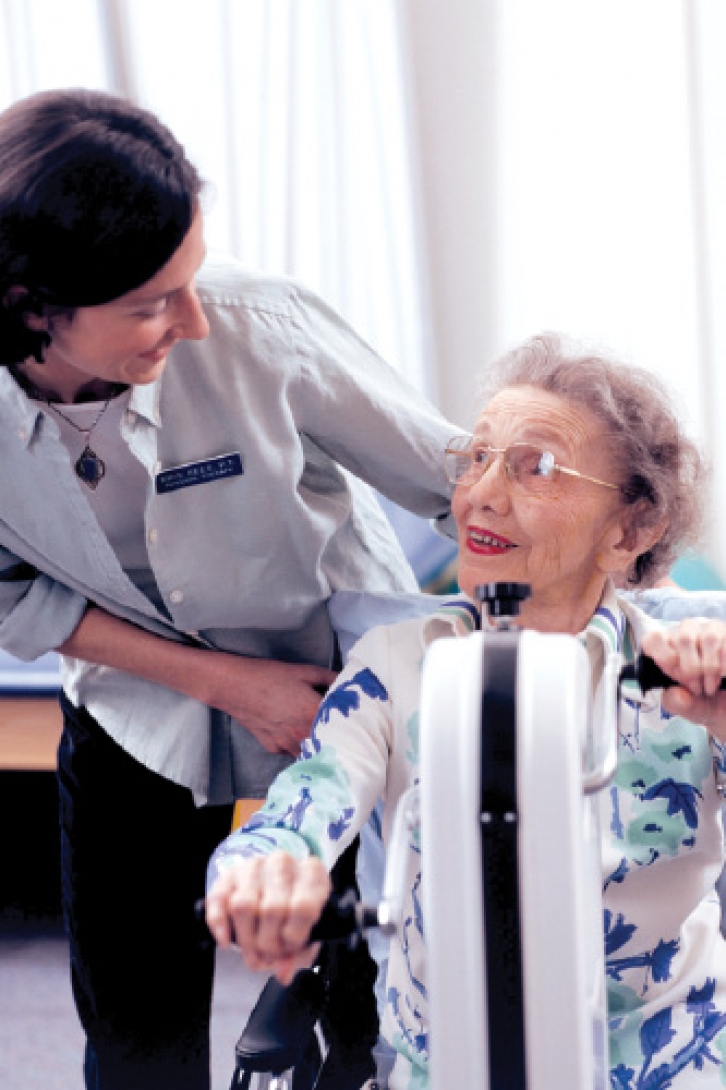Investigating the Varied Techniques of Physiotherapeutic Rehabilitation for Enhanced Healing and Rehabilitation
Investigating the Varied Techniques of Physiotherapeutic Rehabilitation for Enhanced Healing and Rehabilitation
Blog Article
Physical rehabilitation is an essential field that helps individuals heal from traumas, operations, and various health conditions. It entails a range of techniques aimed to enhance movement, reduce pain, and enhance general bodily function. Physical practitioners are qualified experts who assess each patient’s needs and develop customized care plans. These plans often include exercises, hands-on treatment, and education about body mechanics. By employing these varied techniques, physical can substantially enhance a patient’s quality of living.
One frequent technique used in physical is rehabilitative activity. This involves specific movements and exercises that assist build muscle strength, improve flexibility, and boost endurance. For instance, a patient rehabilitating from leg surgery may engage in exercises that concentrate on restoring strength in the lower limb muscle groups. These exercises are meticulously chosen based on the patient’s condition and objectives. By incrementally increasing the difficulty and challenges of the exercises, physical practitioners can help clients regain their strength and movement over time.
Another important technique is hands-on therapy, which comprises hands-on methods to adjust the body’s tender tissues and joints. This can entail stretching, joint movement, and massage. Manual therapy seeks to relieve discomfort, reduce inflammation, and improve circulation. For example, a therapist may apply light pressure to ease stress in stiff muscles check that or to assist a joint function more smoothly. This technique is often integrated with other treatments to improve rehabilitation and encourage recovery. Patients often consider manual treatment to be a relaxing and beneficial way to manage their pain.
In addition to exercises and hands-on therapy, instruction plays a crucial part in physical. Practitioners teach clients about their issues and how to handle them efficiently. This may include advice on correct posture, physical mechanics, and strategies to prevent future traumas. For example, a practitioner might show a client how to raise heavy items safely to prevent straining their spine. By empowering clients with knowledge, physiotherapy therapists assist them assume an active part in their rehabilitation and promote long-term health and fitness.
Finally, technological advancements is increasingly being incorporated into physiotherapy practices. Tools such as ultrasound, electrotherapy stimulation, and immersive reality can enhance conventional treatment approaches. These technologies can help reduce discomfort, encourage healing, and offer interactive ways for clients to participate in their recovery. For example, virtual environments can create immersive settings for patients to practice actions in a safe plus secure setting. As advancements continues to evolve, it offers promising possibilities for enhancing recovery results in physical.
In summary, physical encompasses a range of techniques that work in unison to assist rehabilitation and rehabilitation. Through therapeutic activities, manual treatment, client education, and the use of technological tools, physiotherapy therapists provide holistic treatment customized to each individual’s requirements. This comprehensive approach not only helps clients regain their physical capabilities but also enables them to sustain their health in the long future. As more people acknowledge the benefits of physical, it remains to serve a vital role in the pathway toward improved health and fitness.